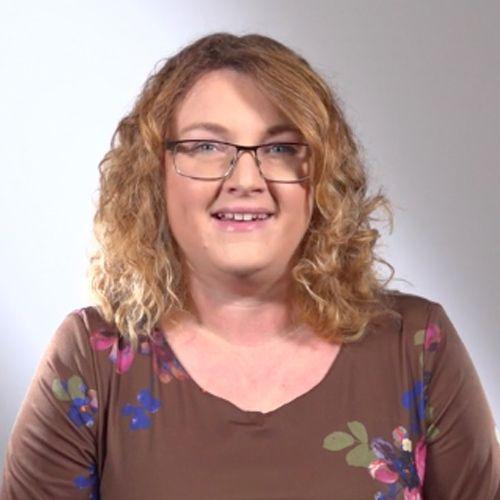Learning objective
- To compose and play a rhythm.
Success criteria
- I can clap syllables in spoken words or phrases.
- I
This content is for subscribers only. Join for access today.
National curriculum
Music
Pupils should be taught to:
- Play
This content is for subscribers only. Join for access today.
Cross-curricular links
None.
This content is for subscribers only. Join for access today.
Before the lesson
This content is for subscribers only. Join for access today.
Lesson plan
Recap and recall
Arrange the children in pairs and display the Presentation: Agree or disagree? Give them some time to discuss.
This content is for subscribers only. Join for access today.
Extended-mode explainer videos
How to extend your display to view the lesson page and preseantion mode simultaneously. Choose your operating system below to watch the video
If you need further support with extending your display,
please contact [email protected].
Extended-mode explainer video: For Mac
Extended-mode explainer video: For Windows
Adaptive teaching
Pupils needing extra support
Could be supported to think of and write the building material words and phrases for the rhythmic patterns.
Pupils working at greater depth
Should think of more complex phrases with words containing three or more syllables, saying them in their head while they play.
This content is for subscribers only. Join for access today.
Assessing progress and understanding
Pupils with secure understanding indicated by: working as a group to think
This content is for subscribers only. Join for access today.
Vocabulary definitions
-
rhythm
A pattern of long and short sounds.
-
syllables
A single unit of speech.
This content is for subscribers only. Join for access today.
In this unit
Assessment - Music Y1: Timbre and rhythmic patterns
Lesson 1: Timbre and rhythmic patterns: Character voices
Lesson 2: Timbre and rhythmic pattern: Starting with instruments
Lesson 3: Timbre and rhythmic patterns: Rhythms
Lesson 4: Timbre and rhythmic patterns: Responding to music
Lesson 5: Timbre and rhythmic patterns: Keeping the pulse
